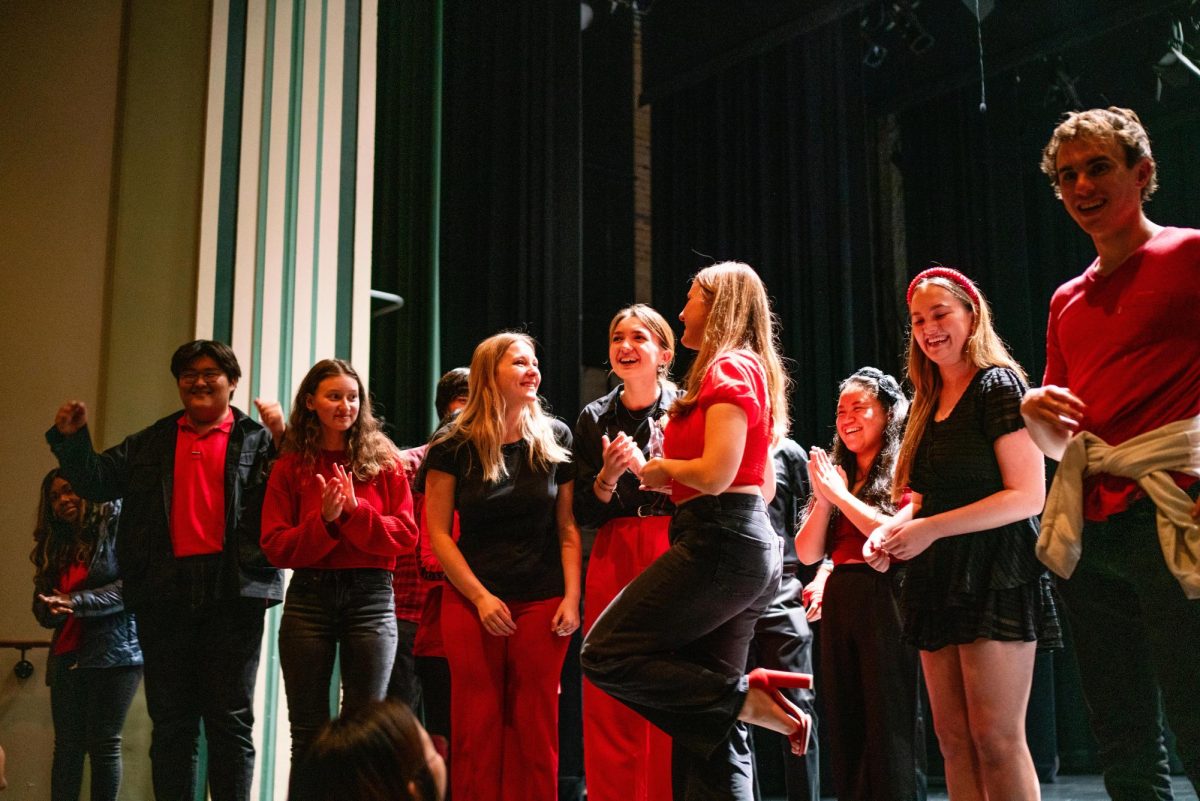Recently, the University has been touched by Hollywood.
In the Advanced Visualization Laboratory at the National Center for Supercomputing Applications, a research group on campus worked with the Space Telescope Science Institute to create scenes from the film “Hubble 3-D,” said Kelly Searsmith, assistant director for planning and development.
This group, lead by Professor Donna Cox, director of the advanced visualization laboratory, created more than 20 percent of the film’s virtual clips, depicting the imagery of space and various galaxies, Searsmith said.
They describe themselves as a research team of artists working with scientific data.
“They worked together to create the two long space shots in the film that have been universally reviewed as breathtaking and scientifically accurate views of space from here to the Orion Nebula and out to the Cosmic Web,” Searsmith said.
Get The Daily Illini in your inbox!
The film originally premiered March 9 at the Smithsonian Air and Space Museum, said Bob Patterson, visualization research artist on the team.
The Chicago premier took place April 15 and now is open at the Museum of Science and Industry and Navy Pier.
The IMAX film director and producer Toni Myers came to the center three times for about two days each to help choreograph and design the film, Cox said.
But it took the crew six months to design, choreograph and render the nine minutes that are in the 43 minute film, Cox said.
“The reason they came to Champaign-Urbana was because they couldn’t do this part of the film in any other place, so the U of I provided a very unique role,” Cox said. “Plus, we have unique facilities here like a super computer center and a center for doing visualization.”
Cox and her team have worked on IMAX projects previously, including “Cosmic Voids,” which was nominated for an Academy award in 1996, Cox said.
They also have done broadcast movies for Nova and the Discovery Channel, Patterson said.
“We have worked on this content before, so they came to us to have us design and create new material for this movie using Hubble imagery (pictures taken from the Hubble telescope) and also rendering some of the things that we have done like virtual flights into space,” Cox said.
The film takes the viewer on a voyage from the Milky Way to Andromeda and out to the Virgo Supercluster.
“It is really something that you have to experience; there is a real wow factor,” Patterson said.
“IMAX 3-D and the sound system they have is just stunning. It’s a fantastic experience, and you get a physical response when you see it,” he added.
This is the first time the public has ever seen a 3-D image of the universe like this, Cox said. “You really get a sense of the universe’s scale and significance.”
The NCSA is giving tours of the 4K 3-D Theatre and the virtual environment where the scenes were created, Patterson said.
“Scientists gave us a model with the images from the Hubble, but it is in our environment as we choreographed the paths the camera takes,” Cox said.
This presentation of the scenes they created can be seen here on campus at the National Center for Supercomputing Applications to anyone who is interested, she said.








